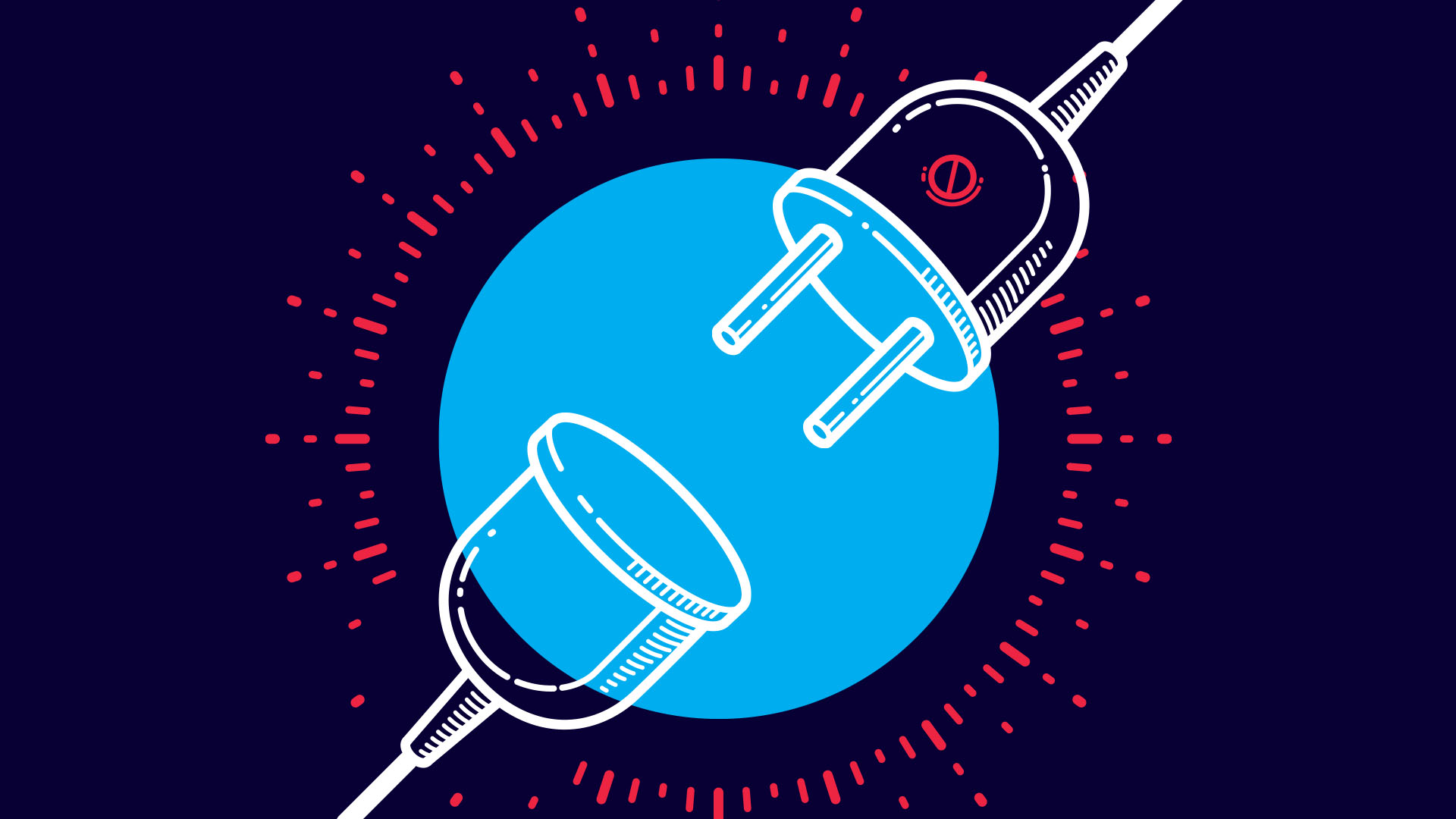Supply Path Optimization Cools Off Overheated Ad Supply Chains

By Senior Vice President of Business Development Tom Wolfe
As we sweated through this past July, deemed one of the hottest months on record, it became increasingly clear why advertisers and publishers should adopt the need for ongoing Supply Path Optimization (SPO) for digital advertising.
By now, everyone knows that excessive carbon heats the planet, and excessive inventory acquisition in the programmatic ad environment adds energy and cost to the process, thereby creating a larger carbon impact. To help decrease our carbon footprint, we need to cut back on our carbon emissions at work, home and everywhere in between.
But while sustainability is top of mind for many people this year, SPO is not a new development. However, SPO is still bogged down by inefficiency, morass, frustration and confusion.
Advertisers are not the culprits. In fact, apart from achieving decarbonization goals, advertisers are motivated to cut out unnecessary intermediaries, reduce fraud and buy cost-efficient inventory in today’s supply chain. Premium publishers have also realized the value of SPO, both from a sustainability standpoint and the trust they show their advertisers partners.
Yet, both publishers and advertisers remain frustrated by navigating the benefits and drawbacks of the long path from ad development to execution. Said simply: It’s a crowded supply chain with pluses and minuses for buyers and sellers.
Today’s Crowded Supply Chain
Adtech consumers move fast, often trying to catch up with where consumers are tuning in and absorbing content across an increasing number of devices (or “endpoints,” in publisher vernacular). In response, and in turn, the programmatic ecosystem has hastily developed to serve these evolving needs quickly. This market behavior, oftentimes in the form of systems and technology featuring, leads to ingrained inefficiencies — or worse.
A lack of supply chain visibility makes brands vulnerable to intermediaries who aren’t adding value, just escalating costs.
Energy sustainability advocates have long espoused the merits of transparency between suppliers, buyers and sellers to optimize energy costs and consumption. Meanwhile, the more steps an ad takes to reach its advertisers or publishers, the higher carbon consumption and cost are expected.
Can SPO make a difference for advertisers and publishers looking to hit their sustainability and cost-savings objectives? It works, yes — when there’s a more direct connection between advertisers and publishers.
Some SPO products enable advertisers to block specific vendors, question costs and identify their supply chain intermediaries. On the other hand, supply-side platforms (SSPs) generally don’t allow direct connections or improve transparency between buyer and seller.
A New Approach — Direct Access
Viant is pursuing another SPO path, Direct Access.
This new path stems from market-driven insights and a quest for greater efficiency between a buyer and seller. For instance, from an inventory standpoint, a publisher’s ad stacks can be complex and unique, considering the many ad servers, mediation layers and endpoints they must serve.
Complex problems require flexible solutions.
Viant’s Direct Access allows for integrations with complex ad servers, header layers, client devices and more by creating a more direct link between the buyer and the seller.
From a data standpoint, inventory becomes more powerful and effective when pairing Direct Access with Viant’s people-based Household ID, which employs multiple signals to help advertisers to reach both homes and distinct users far more effectively than graphs powered by one or few signals, connects directly with publisher and advertiser first-party data sets. Consequently, the rates and fidelity of Viant’s matches with both advertiser and publisher first-party data sets generate more effective and efficient execution and results.
A SPO Solution for Today — and Tomorrow
Viant believes that SPO is a continuously evolving, living process, which requires a proactive approach combining specialized technology and supply chain insights. We look forward to demonstrating the power of Direct Access and advancing our objectives to meet advertising decarbonization and sustainability goals.
In continuing our objective of reducing carbon footprint in the programmatic ad environment, earlier this year, Viant launched Adtricity®, our proprietary carbon impact reduction program to support advertisers on their sustainability journey. In addition, Viant announced its partnership with and became a founding member of Ad Net Zero, the cross-industry coalition driving change and action around sustainability in the advertising industry.
Get in Touch with Your Account Representative for More Details
STAY IN THE LOOP WITH OUR NEWSLETTER
Sign up to get Viant news and announcements delivered straight to your inbox.
Sign up to get Viant news and announcements delivered straight to your inbox.
